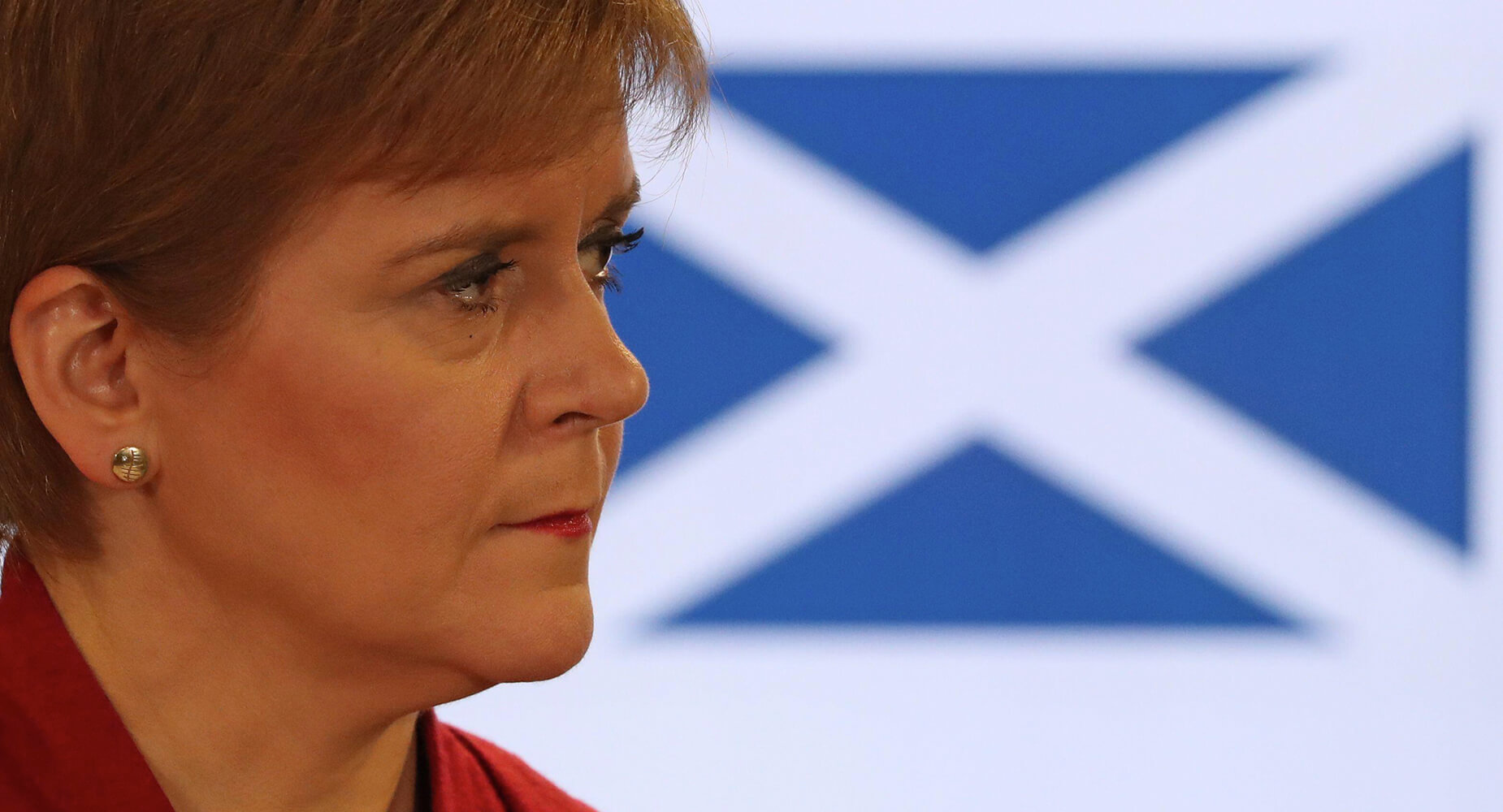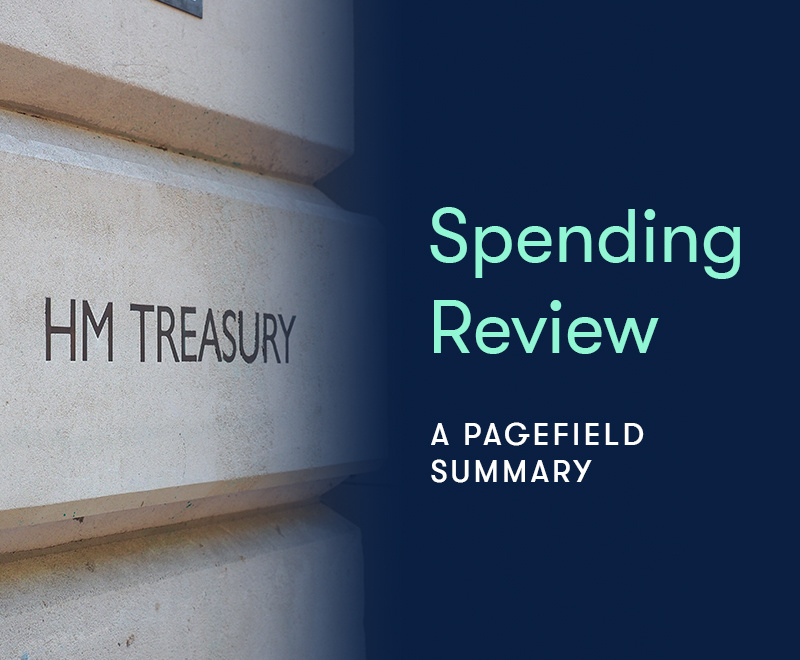Many might question the ability of Boris Johnson to ‘defy political gravity’ forever, particularly in light of the recent vote of no confidence, but it might not be the end for the Conservative Party in government yet.
Whether or not Johnson leads his party into the next election, there is another force in UK politics that the Labour Party will need to overcome: The Scottish National Party.
In fact, if the SNP maintain the grip over Scotland that they have held since 2015 then even a less than stellar performance by the Tories across England and Wales could still be enough to return a Conservative government.
Much has been written about Labour’s loss of Scotland, and the ways in which the party might win it back. But any real progress has so far proved elusive. From time immemorial Scotland was seen as an unshakeable fortress of Westminster seats for the Labour Party. Even in 2010, with the Labour Party losing the election, it returned 41 seats of the 59 available seats in Scotland.
But that all changed with the 2014 Independence referendum and in the 2015 General Election, Labour managed to return only one of the 56 Scottish seats.
This increased to seven seats for Labour at the 2017 General Election, but after the disastrous 2019 General Election the once all-conquering Scottish Labour Party were represented by the lone figure of Ian Murray, MP for Edinburgh South.
Scottish Labour are now pinning their hopes on their leader, Anas Sarwar, to turn their fortunes around, and we will have to wait for the next General Election to see whether he succeeds.
The SNP meanwhile appear to share Boris Johnson’s Teflon-like qualities, having seen off a Tory renaissance, spearheaded by Ruth Davidson as Leader, which saw the Conservatives take 12 seats from the SNP in 2017. This revival was to be short-lived, however, and in 2019 the Tories managed to retain just 6 of those seats.
The SNP’s role at the next General Election will therefore be an incredibly important one. If Labour fails to break through across the border, and makes no gains in Scotland then the party would require a swing of some 13% in England to win a majority. This would be largest swing in a UK election since 1931 and would cast the 8.8% swing we saw in 1997 firmly into the shade. Even with a marginal increase in seats, the Conservatives could repeat their efforts of 2017, and make the job of overturning the Tory majority even harder for the Labour Party.
If Labour have to seek a coalition partner, the SNP are likely the only party to have the requisite number of seats. This is a daunting prospect and one that will leave Labour strategists wincing: the infamous image the Conservatives produced in 2015 of Ed Miliband in the pocket of Alex Salmond did nothing to encourage voters to Labour.
If the Conservatives adopt this strategy with swing voters again at the next election, they are likely to try and land the message that Labour in coalition would pave the way for a second Scottish referendum: the core of the SNP’s asks. This might be enough for the Conservatives to hold on to those voters that might have otherwise switched to Labour.
So – how can Labour make it clear that a second referendum is not on their agenda, whilst maintaining an open relationship with the SNP in case – in the worse scenario – they do need to call on them to form a coalition? It is this that is keeping Labour strategists awake at night.



